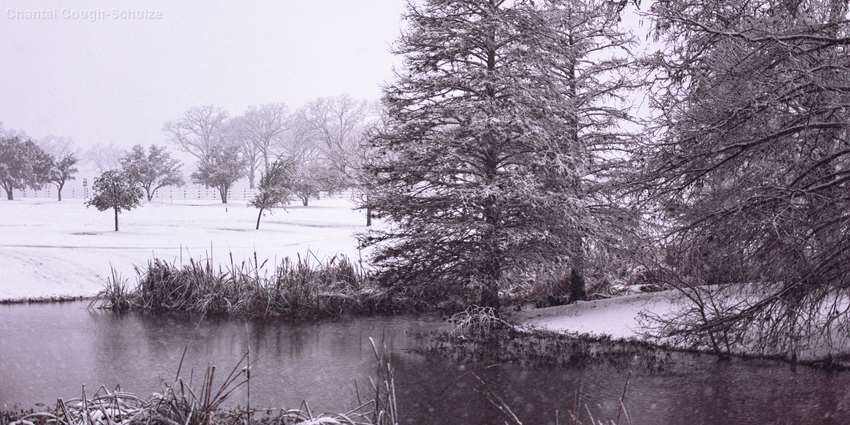After a productive year, the Texas Water Resources Institute (TWRI) communications team has put together a list of the top 10 most-read articles, including many from the winter 2021 issue of txH2O, which focused on binational water challenges along the Rio Grande. Other articles in the list were published in Conservation Matters, the monthly newsletter about land, wildlife and water issues that TWRI publishes along with the Texas A&M Natural Resources Institute.
Here are the top 10 articles from 2021:
- How the Rio Grande came to be: Thirty-five million years ago, the formation of the Rio Grande began, jumpstarting a region that would become home to millions of people. The past hundred years of land changing hands, water management and infrastructure development have created the Rio Grande we know today. Experts say what comes next is an environmental reckoning.
- Getting to know the Rio Grande: The Rio Grande/Rio Bravo is so many things to so many people: the border between countries, the economic lifeblood of a desert and an old friend. But it is more than the sum of its parts, and we risk our future by trying to look at individual pieces rather than the whole picture.
- 2021 Ogallala Aquifer Summit encourages a community-wide approach to tackle issues facing the aquifer: The 2021 Ogallala Aquifer Summit was originally scheduled to be held March 30–31, 2020 in Amarillo. After being postponed due to the pandemic, the summit was held as a virtual two-day event. The summit focused on sharing information about community-led activities and identifying current barriers and opportunities related to effectively managing this valuable resource over the short and long term.
- Soaking up rising floodwaters in growing cities: Between 2010 and 2019, six of the 15 fastest-growing cities in the United States were in Texas. Bigger cities mean less land to soak up rainwater, leading to increased flood risk. Add climate change to the equation, and you have a bigger flooding problem to solve.
- The sinking situation of subsidence: In many cases — particularly in Houston and along the Gulf Coast — Texas is literally sinking. A new report suggests that the problem will get worse.
- Salinity along the Rio Grande: In South and West Texas, agriculture is made possible by irrigation from the Rio Grande. In recent years, the river and soil have been getting dryer and saltier. For agriculture to keep up, researchers say that something needs to change.
- Meet a scientist: Katie Lewis: Scientist, farmer and rodeo athlete: Meet soil chemist Katie Lewis.
- Water’s taste reflects its journey to the tap: A new place can sometimes be so unlike home that even something fundamental, like the taste of tap water, seems different. But it’s not just perception; water really does taste different in different places. Though the flavor differences can be jarring at first, it doesn’t necessarily mean there is anything to be concerned about.
- Meet a scientist: Robert Mace: Robert Mace, Ph.D., is the executive director and chief water policy officer at the Meadows Center for Water and the Environment and a professor in the Department of Geography at Texas State University.
- It’s time to prepare for hurricane season: The 2021 Atlantic hurricane season is swiftly approaching. With the potential for a busy season ahead, now is the time to prepare.
Article favorites from previous years had similarly high views, including:
- 10 challenges of water utilities: Summer 2019 txH2O Water Utilities Challenges issue
- Do you live in Flash Flood Alley?: Fall 2016 txH2O Extreme Texas Weather issue
- Lead in Texas water?: Winter 2020 Water & Health issue
- Pervasive problem: Winter 2020 Water & Health issue



